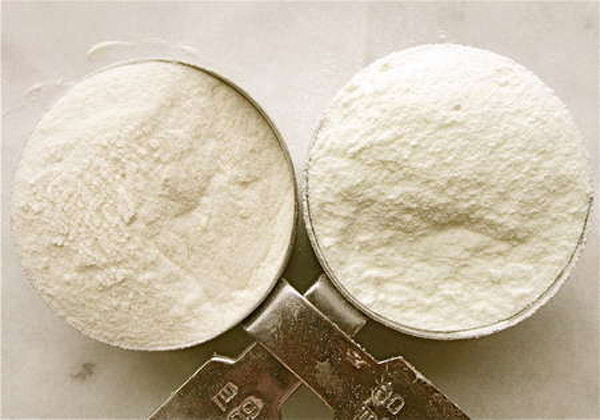
Two decades ago, Brandeis biophysicist Dan Perlman ’68 and nutritionist K.C. Hayes developed the “healthy fats” blend in the Smart Balance buttery spread. Perlman has now come up with a new invention — the parbaked coffee bean.
According to Perlman, this method of roasting green coffee beans enhances the health benefits of coffee. Perlman is developing the flour milled from parbaked beans both as a food ingredient and a nutritional supplement. “It’s a world of difference” from the traditional coffee bean, Perlman says.
Research has shown that drinking coffee is good for you. A recent Harvard study found that people who drank three to five cups a day had a 15 percent lower chance of prematurely dying than non-drinkers.
Nobody knows for certain what causes coffee to be salutary, but one leading explanation involves a natural chemical compound called chlorogenic acid (CGA). An antioxidant, CGA is thought to be beneficial in modulating sugar metabolism, controlling blood pressure and possibly treating heart disease and cancer.
Unfortunately, when coffee is roasted the traditional way — typically above 400 degrees Fahrenheit for 10 to 15 minutes — the CGA content drops dramatically. One study found the decrease ranged from 50 to nearly 100 percent.
Perlman wondered what would happen if the coffee bean was baked for less time and at a lower temperature. This took some trial and error until he got it right. In the end, he determined that parbaking the beans at 300 degrees at approximately ten minutes worked best. The concentration of CGA in the bean, around 10 percent of the bean’s weight, barely dropped.
The parbaked coffee bean can’t be used to make coffee. It isn’t roasted long enough to develop flavor. Instead Perlman cryogenically mills the bean in an ultra-cold and chemically inert liquid nitrogen atmosphere to protect the bean’s beneficial constituents from oxidation. At the end of the process, you get a wheat-colored flour. Its taste is nutty, pleasant and mild.
Perlman sees his coffee flour being blended with regular flours for baking, used in breakfast cereals and snack bars and added to soups, juices and nutritional drinks. To compensate for the CGA lost during traditional coffee roasting, it would be possible to blend par-baked beans with regularly roasted ones.
There are green coffee bean extract-based nutritional supplements already on the market. They have been touted as a way to lose weight and fight obesity, but there is scant research to support these claims.
The scientific evidence that illustrates CGA’s benefits for other conditions is much stronger. Perlman also says parbaking is far less expensive than the extraction methods used to produce the green coffee bean extract supplements currently on the market.
Brandeis has patented Perlman’s coffee bean par-baking and milling method.
The roasting and milling of the beans during Perlman’s experimentation process was done with the support of New England Coffee located in Malden, Massachusetts.
The study done by Brandeis University.